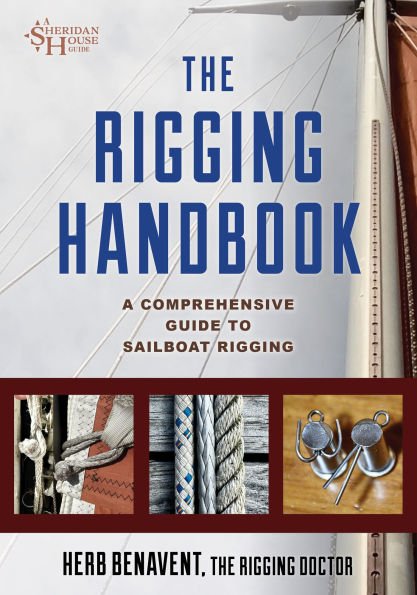It has been a while since I have posted and I have a very good reason: I have been writing a book on rigging that will teach you how to work on your own boat, from maintenance, inspection, to fabricating a new rig!
Part I covers the function of rigging on a sailboat and a general overview of common rig designs―with a focus on single-masted sloops and cutters, and two-masted ketches, yawls, and schooners―as well as the slight nuances between them. Chapters then progress to introducing the parts of standing rigging (the parts that hold the mast up) and running rigging (the parts that hold the sails), the function of each piece, and a discussion of the strengths and weaknesses of all rigging materials, including hemp, galvanized steel, stainless steel, titanium and aluminum, and Dyneema (synthetic).
Part II discusses how to evaluate, tune, repair, and replace rigging. Chapters cover in detail what happens when rigging parts fail or reach the end of their serviceable life, including from corrosion, cracks, and UV damage. Learn how to perform a rig survey and what to consider when it comes to the wear and tear that happens with time, distance, and use and abuse. The final chapters discuss the basics of replacing standing and running rigging―including set up and tuning―and the advantages of steel versus synthetic and polyester versus more modern fibers, enabling readers to make an informed decision as to what grade of equipment to use to outfit their boats.
As you can imagine, I am super excited to be bringing this book to you in a tangible form that you can carry on your boat so that you can reference it in a time of need without relying on your internet connection! Imagine anchoring in a remote desert island, only to notice that your mast is horribly bent. There is no internet in this situation and you are unsure if you can safely sail home or if you need to carry out repairs where you are. This book will be your guide and present to you the information you need in your time of need.
My book is currently available for pre-order at a bunch of different stores. To make it easier for you to pre-order your copy, you can click your favorite retailer’s link below. The expected release date will be March 3, 2026.











